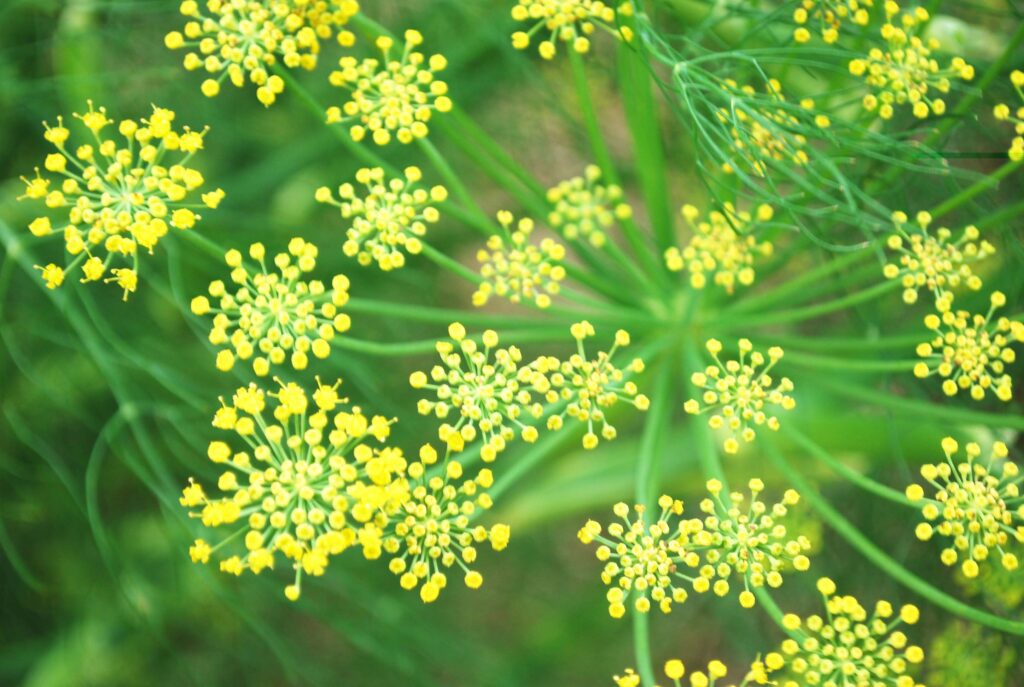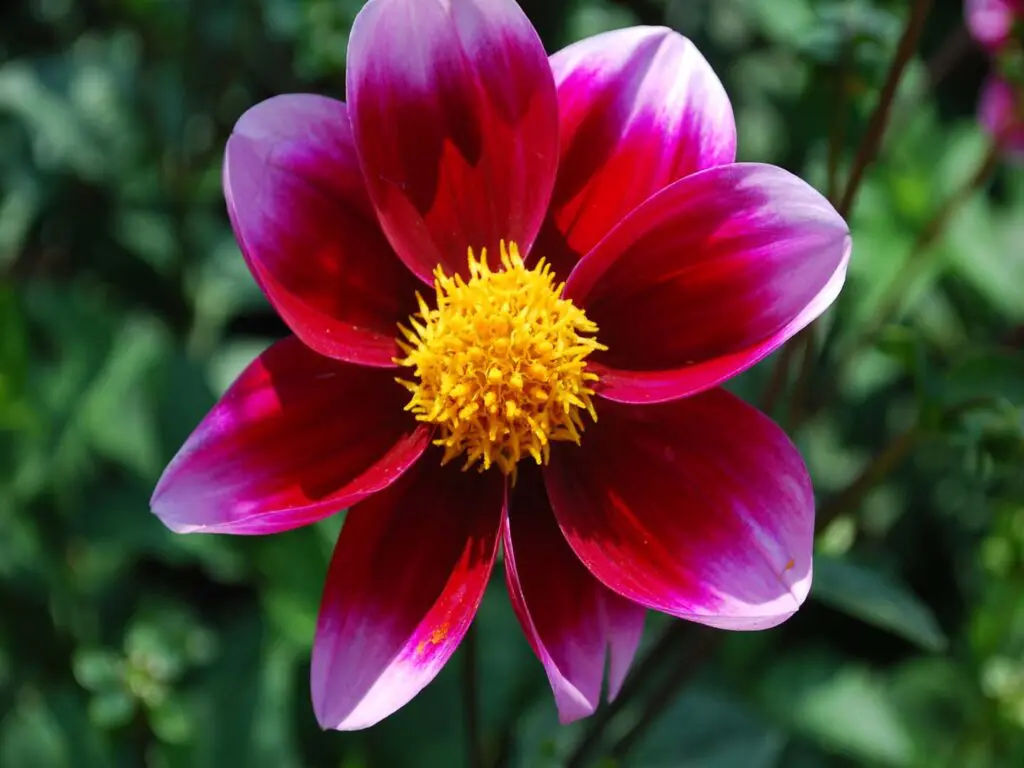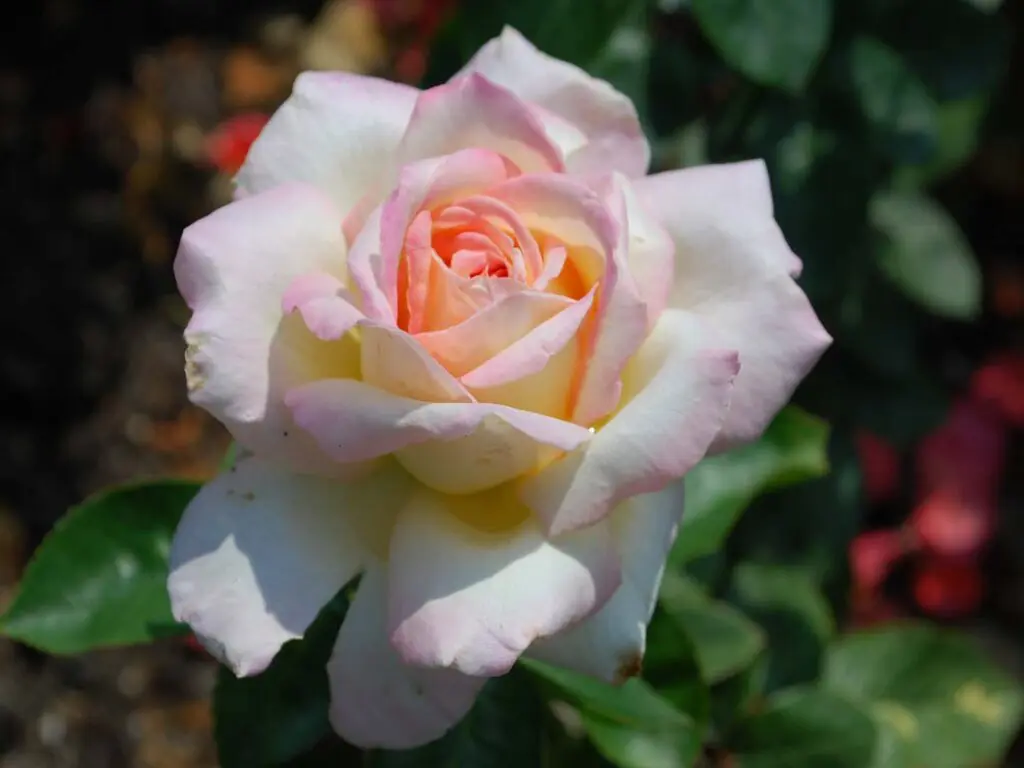Dill
Most varieties of dill are tall and may need staking, although there are a few shorter varieties that are good for containers. Dill is an annual herb, but it reseeds easily so you may have new plants coming up each year. Dill has fine feather foliage with large flat topped yellow flower seed heads in mid-summer. The foliage and seeds heads are used for culinary use.

Dill performs best in full sun, well-drained soil, and regular watering. This herb has a deep taproot which can make it difficult to transplant. I’ve found it easiest to sow the seed directly into the garden. The plant will decline after flowering so if you need continuous amount of fresh dill, then make successive sowings of seed every 2-3 weeks in the growing season.
Dill can be use fresh, dried (Dill Weed), or as seeds (Dill Seed). Each of these has a distinct smell and taste. To use fresh dill, clip stems, lightly wash then remove and chop leaves. The freshly cut stems can also be kept in a jar of water for a day or so before using fresh. Dill weed is the dried leaves. Note that dill loses its flavor quickly when dried. Cut sprigs of dill, wash and pat dry. Gather up in bunches and hang the bundle suspended in a paper bag in a warm, dry, well-ventilated area. When dry, crumble and place in a sealed container in a cool dry place. Use within 4-6 months for best flavor. Dill seed comes from the dried flower heads. Wait for the foliage to send up flower heads. After the flowers are done blooming, they will turn from green to brown. Then cut the flower stalk with a length of stem. Tie the stems together and hang upside down in a paper bag to finish drying. Put the paper bag in a warm, dry, well-ventilated area. Seed will fall out and collect in the bottom of the bag. Store seeds in a sealed container in a cool dry place. Use within 1-2 years for best flavor.




